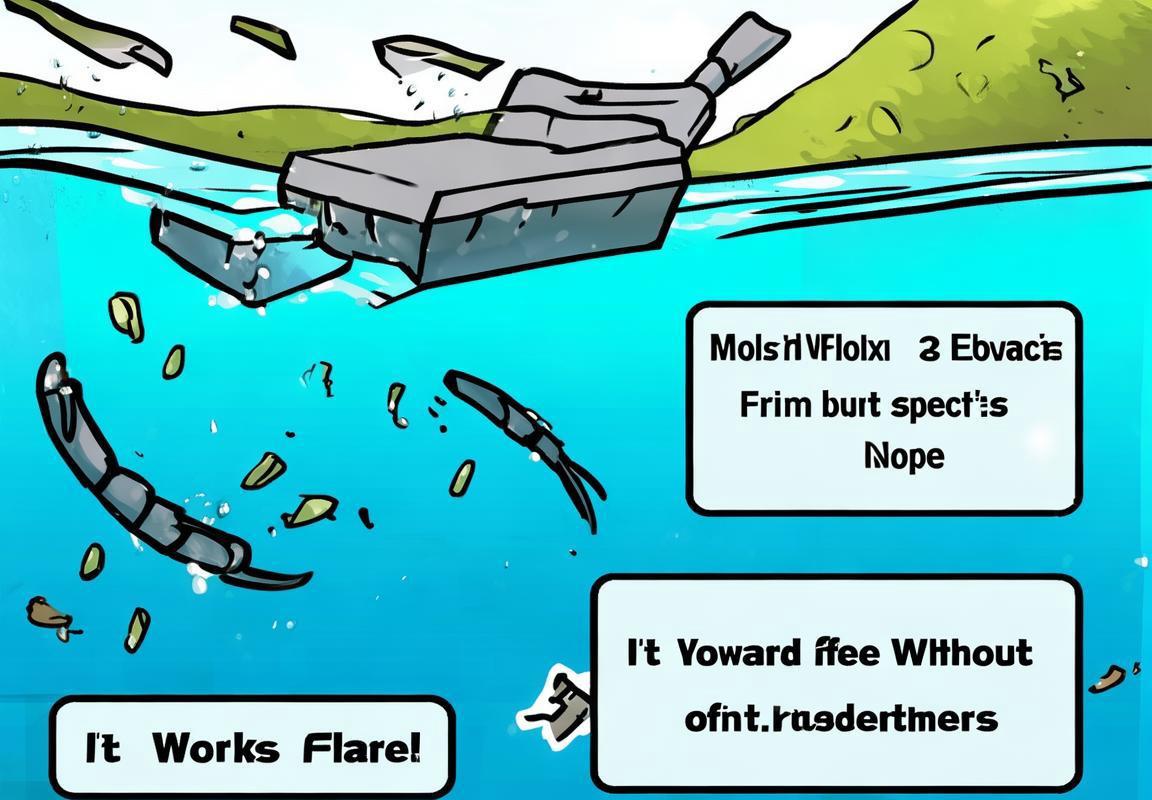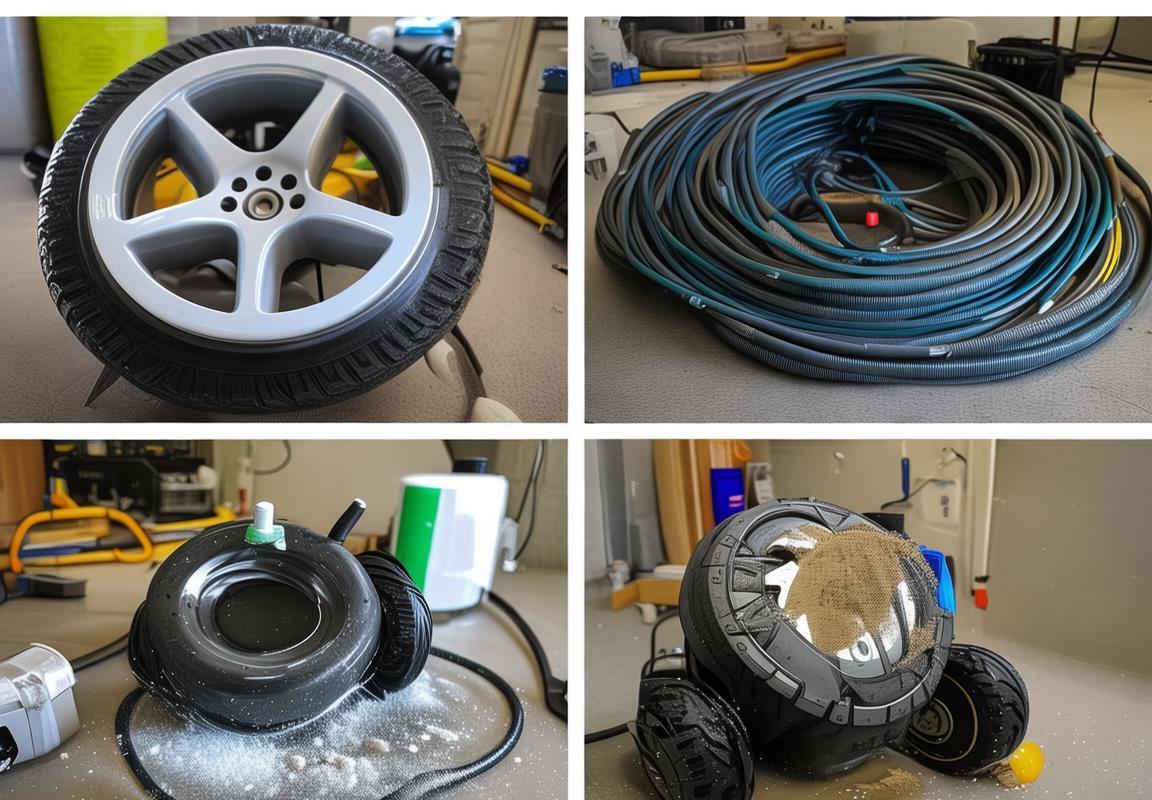Common Problems (And Why They Happen)
- The Float Won’t… Float
- If your cleaner’s dragging on the pool floor like it’s got weights tied to it, check for cracks or waterlogged foam inside the float. Sun damage over time turns these things into sponges.
- Quick fix: Replace the float or seal tiny cracks with waterproof epoxy (temporary hack).

- Random Spin-Outs
- A Phoenix that’s spinning in circles like a dog chasing its tail usually means the float’s positioned wrong. It should sit flat, not tilted.
- Pro tip: Adjust the hose swivel so the float sits parallel to the water’s surface.

- Weak Suction
- If your bot’s moving slower than a Monday morning, check for:
- Clogged hoses (debris loves to party in there).
- A dirty filter (clean it before blaming the float).
- Low pump pressure (aim for 10–15 RPM on variable-speed pumps).

Myths Debunked
-
“More Float = Better Performance”Nope. Overinflating the float makes the cleaner bounce like a pogo stick, missing debris. Follow Hayward’s specs—firm but not rock-hard.
-
“It Works Fine Without Adjustments”Pool cleaners aren’t “set it and forget it.” Seasonal changes (leaves in fall, pollen in spring) mean tweaking hose length or suction weekly.

Pro Maintenance Hacks
| Issue | Fix |
|---|---|
| Stuck wheels | Soak in vinegar to dissolve scale |
| Hose tangles | Shorten hose by 1–2 ft for small pools |
| Sand/debris in bot | Flush with garden hose (no pressure washer!) |

When to Call It Quits
If your Phoenix cleaner’s older than your kid’s flip phone and repairs cost more than a new unit, upgrade. Hayward’s newer models (like the Navigator) handle leaves and sand way better.

Final Thought: A well-tuned Phoenix float means less work for you and a spotless pool. Now go fix that floater—and get back to margarita season. 🍹